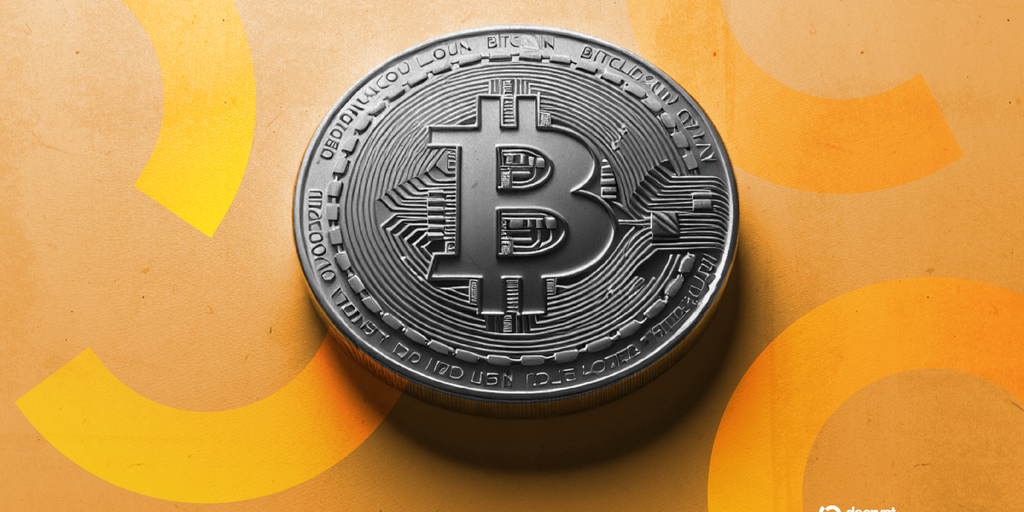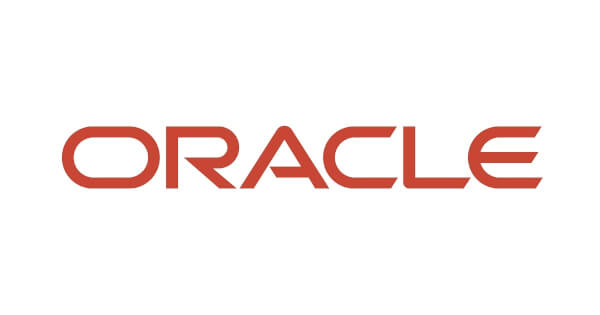Amazon Web Services (AWS) has reportedly suffered another outage today, after its major disruption just 10 days ago on October 20. Many platforms relying on AWS have reported operational issues to some extent.
With these continuous disruptions, the crypto community is facing a critical concern. How secure are blockchain networks and digital assets if major servers go out and remain offline for a notable time?
AWS is Critical Web3 Plumbing — Even If People Forget That
Despite “decentralization” being a core principle of blockchain, most of the Web3 stack is not fully decentralized.
The majority of critical infrastructure — RPC endpoints, APIs, exchange frontends, analytics dashboards, price feeds, even wallet services — run on centralized cloud providers, especially AWS US-East-1.
Infura, Alchemy, QuickNode, Ankr, and many node-hosting services run large clusters on AWS. Many exchanges, custodians, and wallets depend on AWS for compute and data storage.
Notably, the Ethereum mainnet itself remains decentralized. However, access to it (RPC gateways and APIs) often flows through centralized infrastructure.
When AWS fails, as it did twice this month, it disrupts access layers, not the blockchain itself. But for everyday users, that’s indistinguishable from “the blockchain being down.”
So, the networks remain secure, but user access becomes bottlenecked through centralized infrastructure points.
Crypto’s Biggest Fragility is Centralized Access to Decentralized Systems
During the October 20 outage, MetaMask and Uniswap users experienced connectivity failures because RPC endpoints timed out.
Also, NFT ($0.00) marketplaces and data oracles saw delayed updates. Some DeFi protocols couldn’t fetch price feeds or complete smart-contract calls because their middleware APIs (running on AWS) were unreachable.
This illustrates a hidden systemic weakness: the “access layer” is centralised in a few hyperscale clouds.
If AWS, Azure, or Google Cloud experience cascading failures, even “decentralized” ecosystems can temporarily stall.
It’s the digital equivalent of your decentralized house having a single, centralized door lock — and the key service going offline.
Can AWS Disruption Cause Real Crypto Loss?
Short term — yes, access disruption is possible. Users might be unable to trade, bridge, or verify transactions.
Also, custodians could experience delayed confirmations or reporting issues. Exchanges might have to pause withdrawals if their API nodes go down.
However, on-chain assets themselves remain secure. They live on globally distributed blockchain nodes that continue operating. The risk is not to the assets’ safety but to transactional continuity.
A more subtle risk is market reaction. If a major cloud outage hits during volatility, and exchanges or oracle feeds go dark, liquidity gaps and price slippage could amplify, causing flash crashes or arbitrage anomalies.
We’re watching “centralization at the edge” become a single point of failure for the decentralized world.
If a future AWS-scale outage coincides with heavy on-chain activity — say, during a Bitcoin halving or ETF-driven rally — users could face frozen wallets, stuck swaps, or halted liquidity pools.
This is not hypothetical. Both the 2021 and 2025 AWS outages affected NFT marketplaces, wallet APIs, and several trading platforms.
Overall, AWS outages are a real, systemic risk for crypto access, not for crypto security. They reveal how deeply centralized the supposedly decentralized ecosystem still is.
The post Two AWS Outages in One Month – Should Crypto Holders Worry? appeared first on BeInCrypto.



























 24h Most Popular
24h Most Popular








 Utilities
Utilities